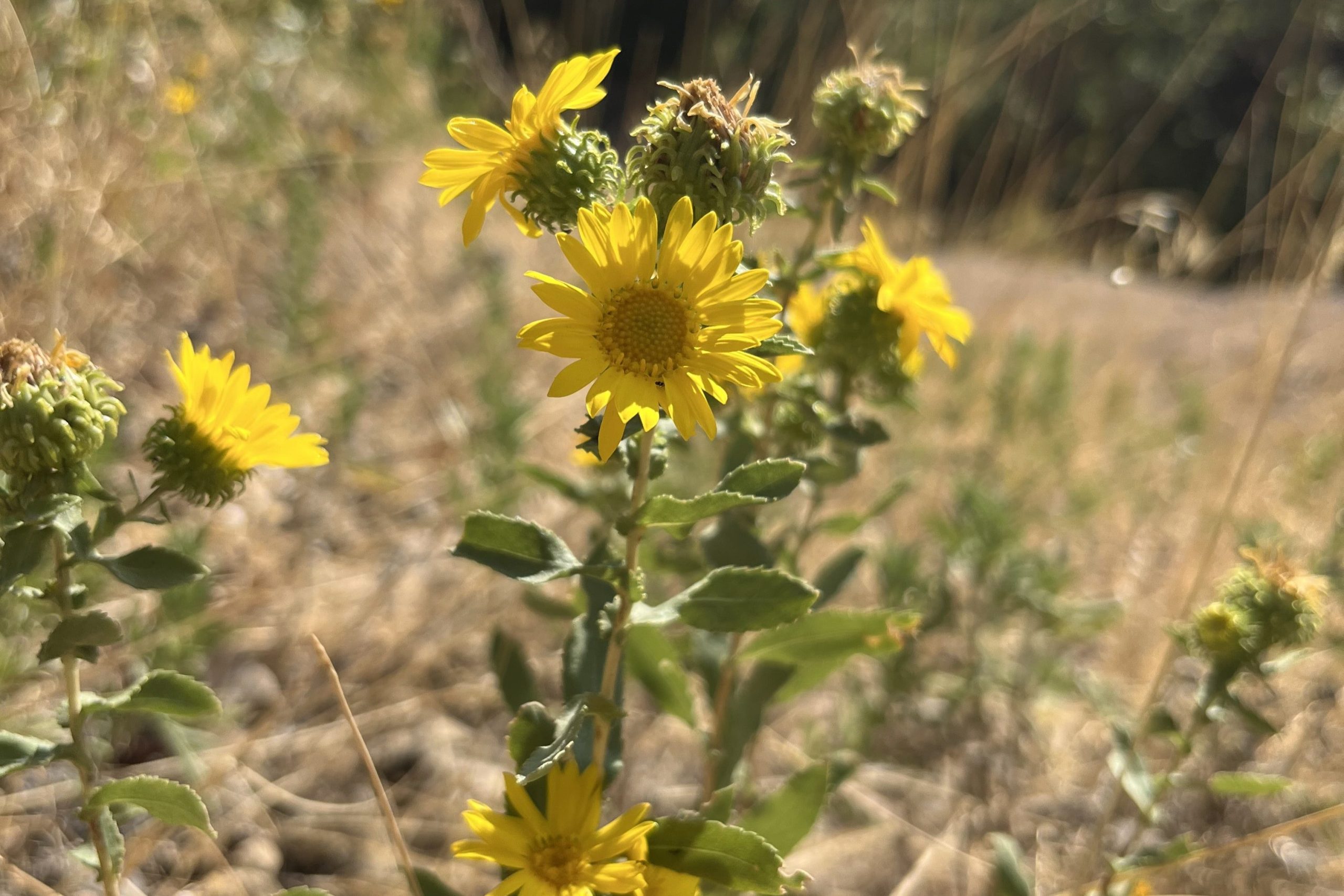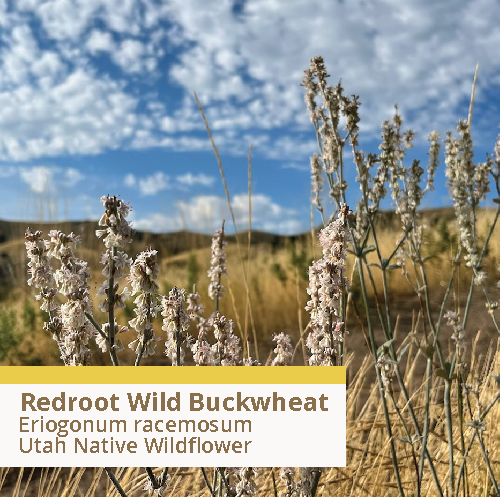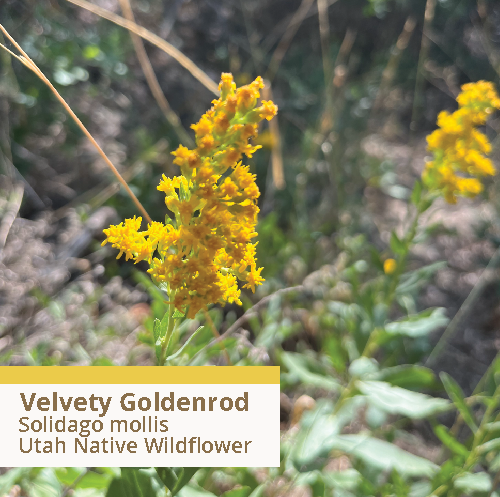
What’s Blooming in the Foothills
September 2024
Summer may be drawing to a close but that doesn’t stop native wildflowers from blooming throughout the Foothills! Late summer wildflowers still offer color and beauty along our trails, though they might not be a showy as their early summer counterparts. When viewing wildflowers, please remember to stay on designated trails and to take only photos, leaving the flowers for all to enjoy!



Where to Find Late Summer Wildflowers
Which Foothills trails offer the best late summer wildflower viewing? Pretty much all of them! You’ll find a variety of blooms along all 35+ miles of designated trails. Learn more about our Foothills Trail System and find a trail on our Foothills home page.

HOARY ASTER
The Hoary Aster is a cheerful, colorful plant that prefers dry, low-elevation habitats and rocky, open spaces.
The word “hoary” refers to the tiny greyish hairs that cover the plant, resembling hoarfrost. The Hoary Aster is a biennial plant, which means it has a typical lifespan of two years. However, it frequently reseeds itself, making it appear to have a longer lifespan.

CURLYCUP GUMWEED
This drought-tolerant wildflower grows well in disturbed areas, along roadsides and trails, and increases during droughts. The bracts (leaflike structures under the flower petals) are covered in a sweet, piney-scented resin that contains medicinal properties. First peoples used Curlycup Gumweed in a variety of treatments, and itis still prized today as a medicinal plant.

REDROOT WILD BUCKWHEAT
Redroot Wild Buckwheat is identified by its clusters of white-to-pink flowers and is found in foothills and dry mountain meadows. Look closely at its blooms and note the rich color hiding in the tiny flower petals. Flower stems are leafless, leaves grow close to the ground and are silvery to grey-green in color.

SPREADING FLEABANE
Though it doesn’t have a pretty name, the Spreading Fleabane brings a touch of color to the dry landscapes where it blooms. A member of the daisy family, Fleabane can be found in multiple habitat types, including deserts, grasslands, pinyon-juniper and pine forests, rocky slopes, gravel or sandy flats, and disturbed areas.
Fleabane flower buds “nod”, meaning they have a drooping appearance. As the buds open, the stems stand erect.

VELVETY GOLDENROD
Velvety Goldenrod is common throughout the arid west and is easily recognized for its cone-shaped clusters of golden blooms, which attract bees and butterflies. Goldenrod pollen is too heavy to be wind-borne, it must be carried by insects. It can bloom from July through October.
This species spreads by rhizomes (root structures) and will occupy the space given it. Goldenrod has been called a common allergen but this claim has been discredited. The misconception is largely due to the shared bloom time with ragweed, which is also seen throughout the Foothills.

RUBBER RABBITBRUSH
Rubber Rabbitbrush is one of the most common flowering plants in the Foothills and is often found growing alongside sagebrush, which is also in the Aster family of plants.
Rabbitbrush’s ability to tolerate poor soil and dry conditions make it a natural fit for the Foothills. It has a deep root system that establishes quickly and it produces large amounts of leaf litter, helping to bring nutrients to the soil surface, benefitting it and neighboring plants. There are rubber compounds in its sap, and it was tested for rubber production during World War II.
Be W.I.L.D Among the Wildflowers
- Welcome
The Foothills Trail System’s vision is to provide a variety of recreational and cultural experiences for diverse ages and abilities while managing the Foothills’ environmental resources for future generations. Public Lands welcomes anyone to come visit the Foothills to appreciate the blooms this season. - Inclusive Spaces
While “Inclusive Spaces” usually refers to being inclusive of other trail users, please keep in mind that we want to be inclusive of our native flora and fauna as well! Please keep your boots, wheels, and dogs on designated trails to allow our wildflowers to thrive. Learn trail use guidelines and support our inclusive trails and natural lands community. - Limit Your Impact
The Foothills are home to a multitude of animals, native wildflowers, and plants that make this area special and unique. Taking only photos, keeping dogs on-leash, and staying on designated trails while viewing wildflowers all help limit your impact on the delicate environment surrounding Foothills trails. - Do What You Can
Are you interested in giving back to the Foothills? Do you want to contribute to building a better Foothills community? Visit our stewardship page for information on how to get involved.
We hope you find a wide variety of interesting, beautiful flowers out on the trails this summer! Follow @SLCPublicLands on social to stay up to date on Foothills events, news, and more.
